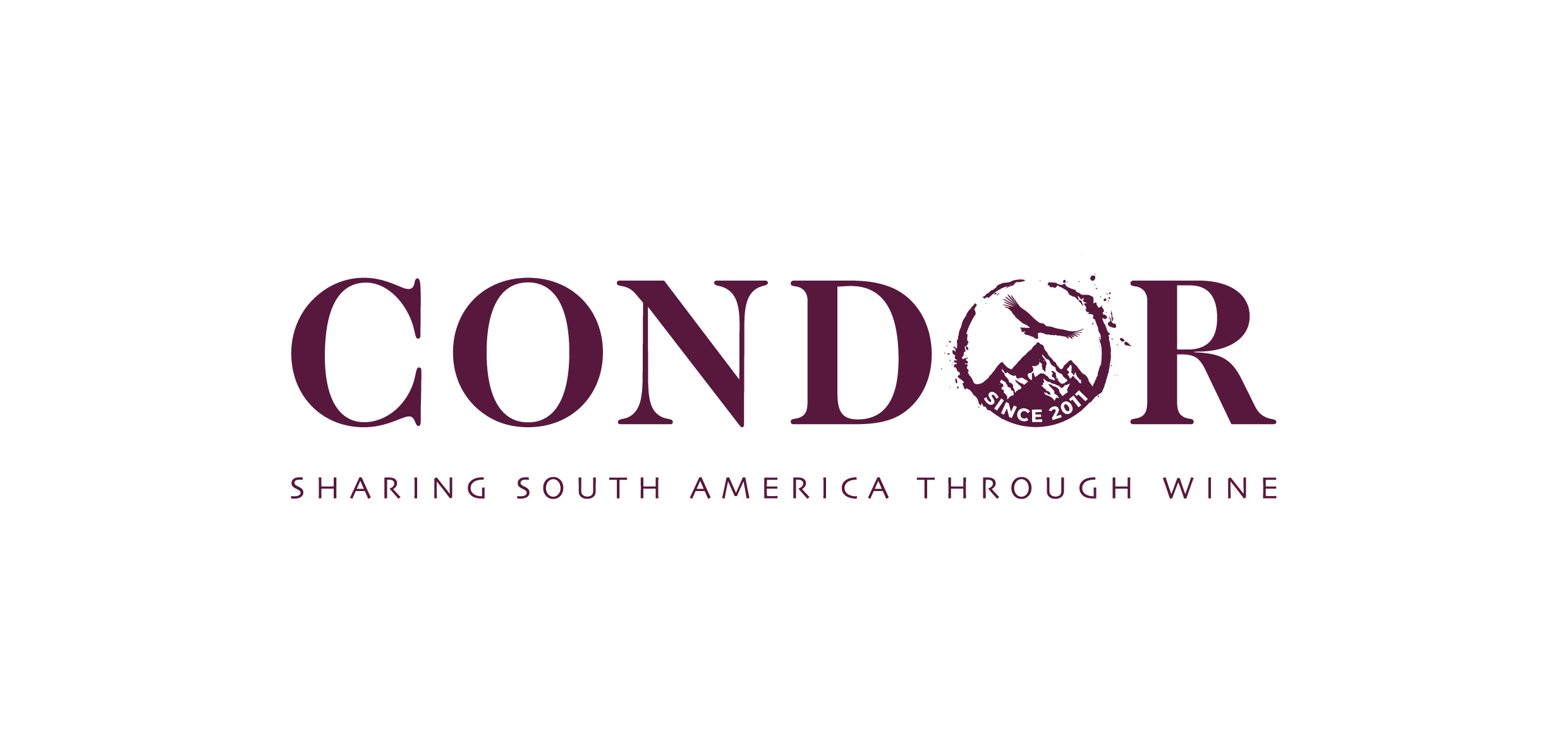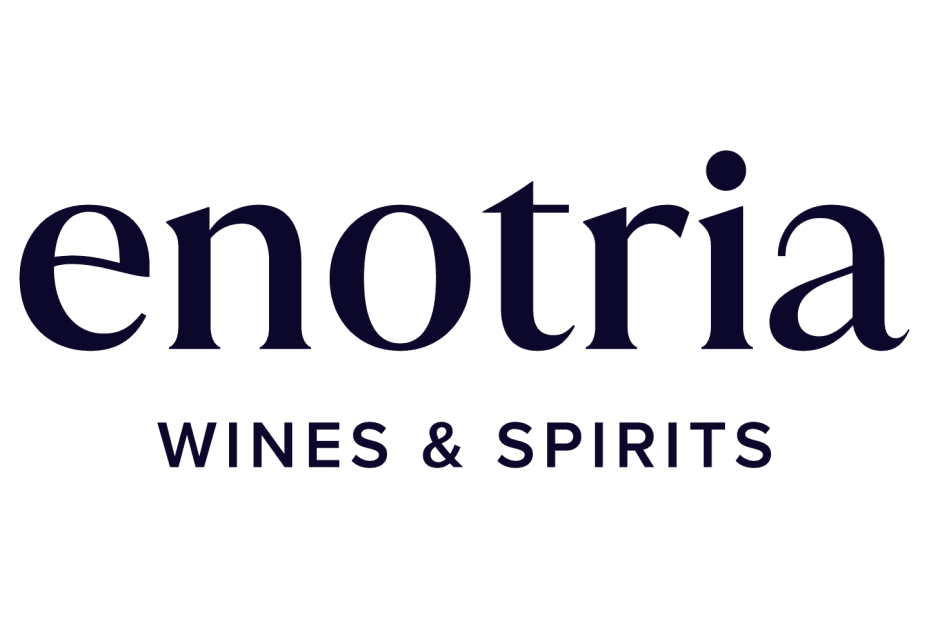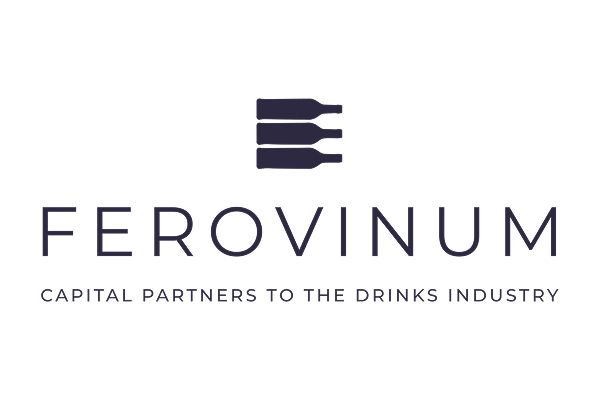Such has been the demand for Champagne during and post lockdown that it has been more a juggling act of supply for the team at Pol Roger Portfolio, says managing director James Simpson MW.
James Simpson MW is a journalist’s nightmare. Before you have even taken your seat and had the chance to get your notebook out of your bag, never mind find a pen to write with, he is hammering out soundbites, facts, figures and statistics, that are coming out at you so fast you are not sure which one to ask him to repeat first.
The general theme, however, is clear enough. Despite the lockdown and talk of doom and gloom in certain parts of the drinks industry, things are very much on the up and up at Pol Roger. The biggest problem it has, stresses Simpson, time and again, is simply having enough wine, particularly Champagne, to keep his customers happy.

James Simpson MW says Pol Roger Portfolio’s strategy is to keep sourcing and introducing strong independent producers to its range
This, he concedes, is a bit of a dilemma for a business owned by one of the region’s most prestigious Champagne houses. But Simpson is very much of the mindset that you can only play with the cards you have been dealt and if Champagne stocks are going to be available on an allocation basis only, it needs to make sure the other parts of its agency business are firing on all cylinders.
Which has been a key priority for the business over the last two years. To find a select number of producers that can enhance an already impressive line-up of family-owned wine business in its range. A portfolio that stretches from Champagne Pol Roger to Maison Joseph Drouhin (Burgundy), Domaine Josmeyer (Alsace), Domaine Vacheron (Sancerre), Dal Forno Romano (Valpolicella), Bodegas Artadi (Álava), Bodegas Artazu (Navarra), Bodegas El Sequé (Alicante), IGO (Navarra), Robert Sinskey Vineyards, Staglin Family Vineyard, Abreu , TOR Wines, Gallica, Kinsman Eades (all Napa) and Grand Tokaj (Hungary), and standing up for the spirits world, Glenfarclas Highland Single Malt.
Pressure on Champagne
But first, Champagne. It is a simple state of facts that the demand for Champagne in 2021 is going to far outstrip supply – and that supply-demand scenario is likely to get worse before it gets better. That’s on the back of Champagne returning what some are saying could be its smallest harvest in 40 years after such a difficult growing period dealing with frosts and mildew.
The Comité Champagne is doing what it can to help the market by setting a maximum yield of 13,100kg/ha for 2021, up on the average 10,000kg/ha, but producers can only use the additional allowance above 10,000kg/ha to top up their reserves.
That’s in response to what has been a 50% increase in Champagne exports in the first half of 2021 compared to the first six months of 2020. A surge in demand that Pol Roger has very much seen in the UK.
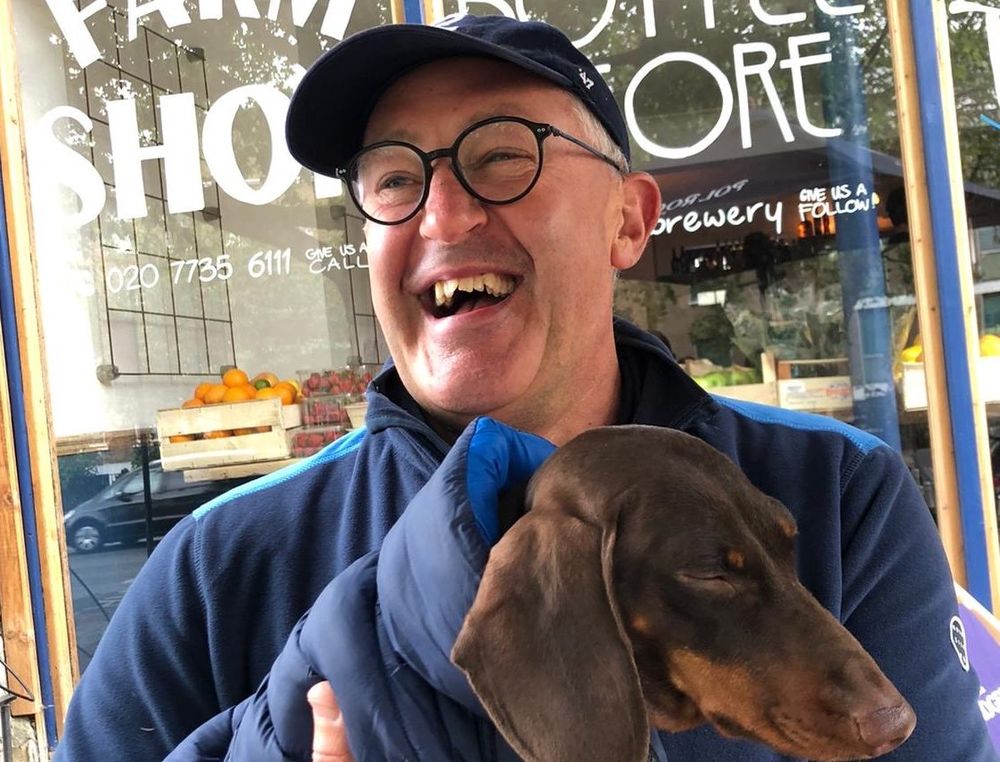
James Simpson MW’s upbeat personality shines through across the Pol Roger Portfolio business
“The demand for Champagne this year started at a rate of knots,” says Simpson with Pol Roger’s own UK Champagne sales in June and July up 40% compared to where they were in 2020 and up 20% on 2019.
“It has clearly put a lot of pressure on allocations for customers,” he adds, not helped by the industry wide supply chain issues of simply getting stocks into the UK. “The last time it was like this was for the millennium. The key difference this year is people are buying Champagne – and drinking it.”
The demand for Champagne, he adds, shows how fast the on-trade has come back post lockdown. “We have at times been busier than what feels humanly possible.”
What’s more, the vast number of people who decided to holiday at home this year has meant that momentum – and demand for Champagne – has continued throughout, and now beyond, the summer. “The great middle class has been on holiday in the UK and has been drinking Champagne. It’s been the perfect storm of demand across all sectors,” says Simpson.
Which is perhaps more of an issue for Pol Roger than it is for some of the bigger Champagne houses. “People often think Pol Roger is much bigger than it actually is. We are producing around 2m bottles whilst Moet Chandon is closer to 35m bottles.”
The demand for Champagne is coming from right around the world. “Every market is flying,” says Simpson.
Managing allocations
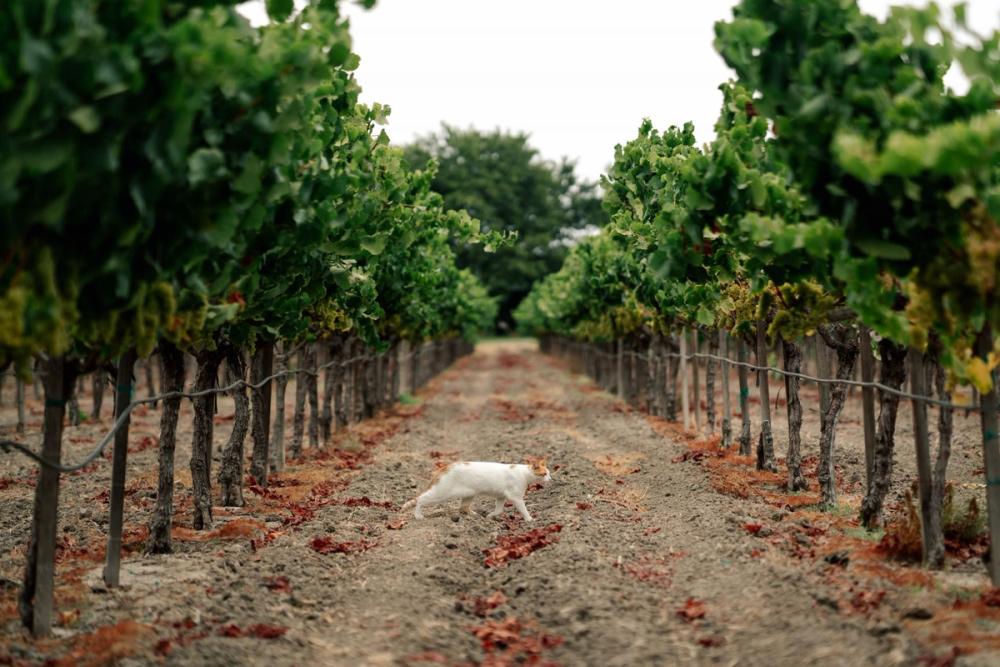
Pol Roger Portfolio has expanded its Napa portfolio to be one of the most extensive in the country including here at TOR Wines
All of which means Pol Roger has an allocation from France of around 30,000 dozen cases when, in most years, it could sell at least 45,000 dozen cases, he adds.
Simpson is quick to stress it does have enough Champagne for its core customers and ensuring those supplies and relationships are maintained is a core part of its UK business.
So what does this perfect storm of too much demand for supply mean for Champagne prices? Simpson says we will need to wait until all the figures are in from the 2021 harvest, but up to now prices have not gone up – which is a position that Pol Roger has kept for the last three years.
“We will have to see how they go in the future,” he admits. “We are what you might call in a holding pattern. But it is tough when we have to tell our customers that they can’t have any more than their allocation.”
Wine shortages
It’s not just Champagne that was hit by the huge frosts that struck across France and large parts of Europe earlier in the year. There are going to be similar shortages and supply issues for large parts of Burgundy.
“Burgundy 2021 is a disaster,” says Simpson. “Chablis is down 70% and there is very little Cote de Beaune.”
The trade as a whole, he adds, is going to have to do a lot of re-thinking over the next 12 months to work its way through multiple shortages in what are usually some of the most coveted wines in the world. “There’s no doubt there are going to be shortages in wine,” he says, including from its own Burgundy partner Maison Joseph Drouhin.
That’s where the long-term relationships that the Pol Roger Portfolio business has with its agency producer partners will prove invaluable in the coming months, says Simpson. The pressure will be on suppliers to “fill those gaps” and its team is already working hard on “securing stock for 2022 and the early part of 2023,” he adds.
New opportunities
Equally it has been the ideal time to be out looking to see where it could potentially start new partnerships with producers in regions where it has long seen potential value for the UK.
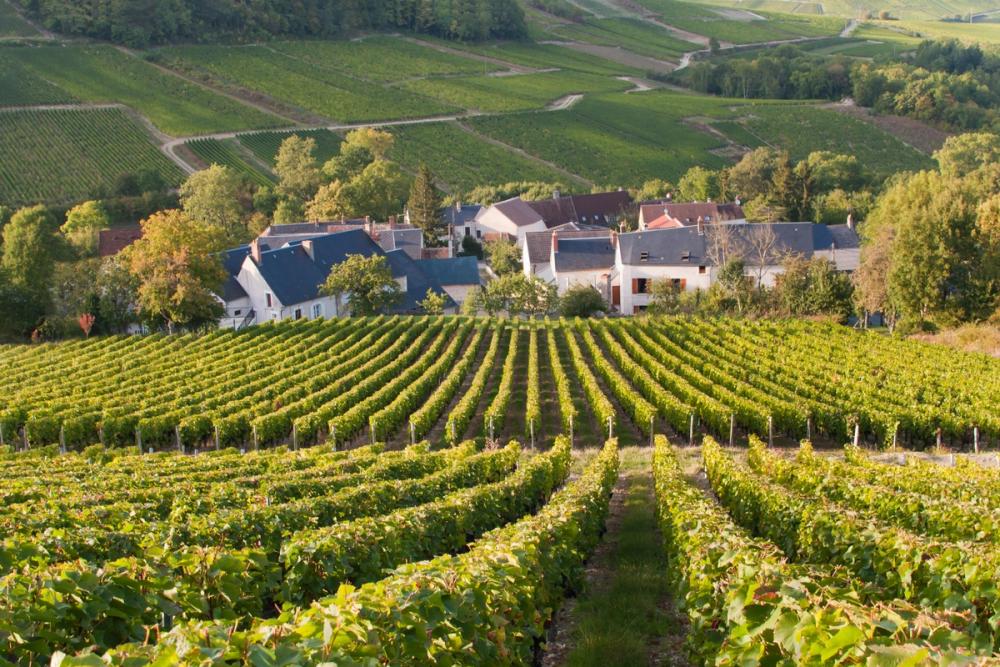
Pol Roger Portfolio has been working hard to bring the right family owned strong independent producers into its range like Domaine Vacheron in Sancerre
Which is why he is so pleased to welcome Domaine Vacheron in Sancerre to the business. A family-owned producer making the sort of fruit-forward, classic wines that the UK market is crying out for. Pol Roger Portfolio is also looking forward to bringing Dal Forno Romano into its stable in January.
Simpson says there has been a little of a “realignment” in the agency business over the last 18 months where it has been able to really strengthen what has arguably become one of the most comprehensive Napa portfolios in the country. “We have got access to some great Californian wines that you can’t even get in the US,” he says.
Its focus, he stresses, is to only work with strong, independent, family-owned business operating at the middle to top tier end of the market. It is currently shining the light on Italy, for example, to see what opportunities there might be there.
Having the support and investment of Pol Roger behind it is also a big advantage when looking at potential new partners, he adds. “We are also looking for great characters who really welcome the idea of being associated with Pol Roger and potentially see what we can offer them in terms of International distribution,” he says.
They will also need to at least try and match Simpson’s infectious enthusiasm for the UK wine market. That’s what he sees by a true partnership. Producers that really want to grow their business in the UK with Pol Roger Portfolio.
“There is still great potential for each of our producers in the UK,” says Simpson, who stresses its model is very much about driving what he describes as a “small but perfectly formed” business rather than have any aspirations for becoming a general wholesaler. “We are all about how we can add value to any relationship we have and are here to help build brands for the long term.”
Customer relations
Simpson is at his most passionate when talking about the personal relationships Pol Roger has been able to build up with its restaurant, and increasingly independent wine merchant, customers. Particularly as they have, in many cases, been able to grow as companies together.
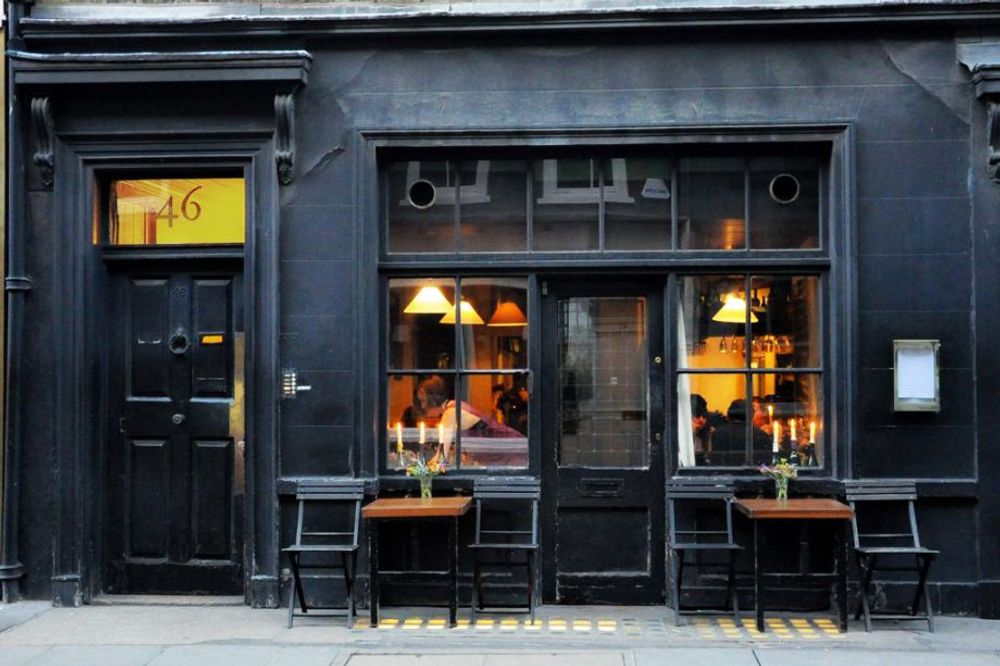
Andrew Edmunds on the outskirts of Soho in London is the the kind of independent restaurant that Pol Roger Porfolio has been able to grow its business with and hopes to do so in the future
“Look at Andrew Edmunds. We have been with him every step of the way and hope to be with them for the next 10 years. We want to help them be a sustainable business. We are not built to take on large restaurant operators. We need to have wines that work for independent restaurants.”
He also takes the responsibility of supplying them very seriously. “We can’t afford to cock anything up for them. We want them to know they can rely on Pol Roger for our support. That’s why we prioritise our loyal customers rather than spend all our time trying to find new customers.”
Pol Roger Portfolio is not alone in really picking up its independent wine merchant business over the last 18 months and he says it is great to see a sector “really come into its own” over that time. “They have had a terrific run over the last 18 months and we can only hope the new consumers they have found stay with them as the market returns and that their shopping habits have changed a bit for the long term.”
Looking ahead
Simpson is typically frank about the months ahead. He is not in the mood for sugar coating the trading conditions we are in.
“2022 is going to be hairy. I don’t think travel will have lifted enough to see many of the trends we have seen this year change. There is going to be even more onus on businesses like ourselves to offer even more value to our customers. But most of all it is going to be about making sure they have enough wine to sell at the right time,” he explains.
Simpson is also long in the tooth to know its restaurant customers might know there is going to be a shortage of Burgundy in 2022, but they don’t want to hear excuses. They want Pol Roger to walk through the door with an alternative that is just right for their customers.
“But we have already got our foot to the floor,” says Simpson looking at all sorts of different avenues and opportunities. Part of its solution will be to take on far more stock in the UK, up to four to six months at a time, by working hand in hand with London City Bond and its regional wholesale partners. “The Pol Roger ownership certainly helps us do that and having stock in the market is going to give us a real competitive edge in 2022.”
This is, after all, a business that knows how to put the right foot forward having doubled in size in the last 10 years and is on course to hit £20m in sales in 2021, which Simpson simply describes as “being a good place to be”.
“We are going to stick at what we know we are good at and not get ourselves swamped by doing things we don’t know about.”
With that he’s up and ready to get out and do business – finally giving me time to catch up on my shorthand.
- You can find our more about the Pol Roger Portfolio range at its website here.
- Pol Roger Portfolio is an importer partner of The Buyer.


